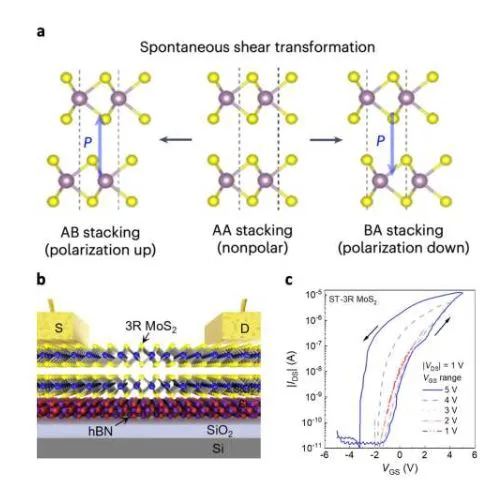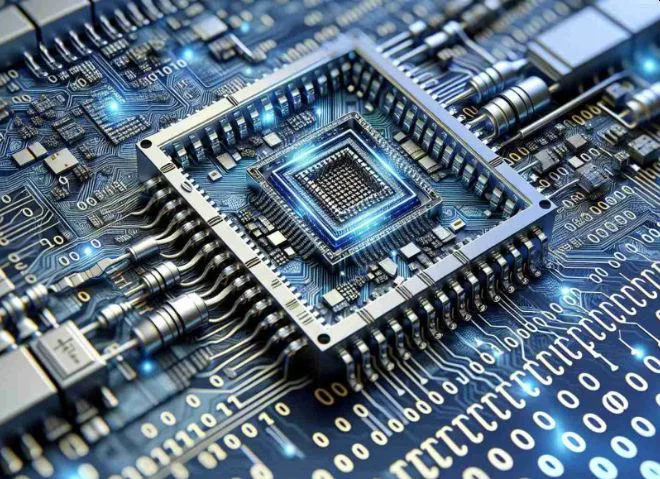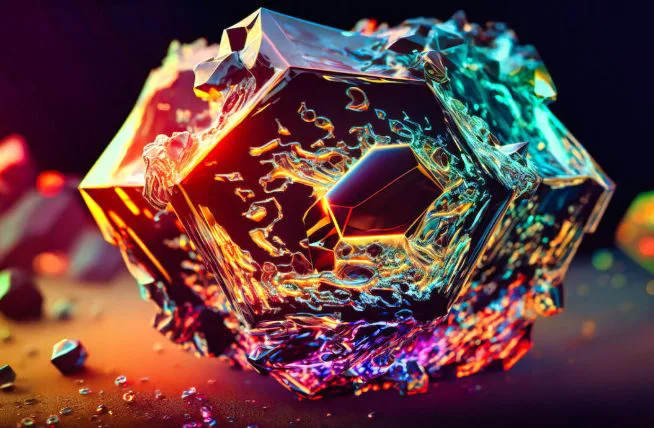
Lately, tech wizards are aiming to create hardware that combines computation and data storage all in one gadget. These emerging electronics, called as computing-in-memory devices, will be a game-changer for faster speeds and improved data analysis.
Since, the idea is data safety and low powered bill, then gadgets made from ferroelectric materials will be an optimum choice like 2D semiconductors. They’re all about that sliding ferroelectricity vibe, perfect for the computing-in-memory game. But getting that essential switchable electric polarization in these materials is quite a challenge.
Switchable MoS2 Transistors
So, researchers from National Taiwan Normal University, Taiwan Semiconductor Research Institute, National Yang Ming Chiao Tung University, and National Cheng Kung University have successfully addressed this issue via molybdenum disulfide (MoS2). They nailed a way to make its electric polarization switchable.
They have already crafted some shiny new ferroelectric transistors, primed and ready for all our computing-in-memory needs.
MoS2 Flakes Uncover Key to Ferroelectric Memory Revolution
While messing around with their MoS2 flakes, they accidentally found tons of these parallel-distributed domain boundaries. And it just so happened to be when they were confirming sliding ferroelectricity in 2D materials in some experiments, said Tilo H Yang, co-author of the paper.
This surprising discovery got them contemplating the wealth of domain boundaries in MoS2 that could potentially revolutionize ferroelectric memory.
Strategy for Flip-Friendly MoS2 Transistors
Yang explained that during the crafting of ferroelectric transistors, a crucial move is transforming the 3R-MoS2 channel into a versatile ferroelectric material. It is achieved through the chemical vapor deposition (CVD) growth process.
But, here’s the snag – having those domain boundaries in 3R-MoS2 films is essential for flipping polarized domains, and guess what? It’s a rare find in most epitaxial 3R MoS2 films.
Meanwhile, the team has come up with a synthesis strategy that increases the likelihood of getting those crucial domain boundaries.
What does it mean? Well, the “synthesis strategy” will give the material a special quality or power to effectively flip domains when exposed to gate voltage.

Ferroelectric Transistors Ace the Test with 7V Memory Window
In the lab, the researchers gave their ferroelectric transistors a test drive. And the results were pretty impressive. The transistors exhibited an average memory window of 7V with a 10V kick, retention times lasting beyond 104 seconds, and endurance rocking over 104 cycles.
These outstanding outcomes really highlight the significant potential these ferroelectric transistors hold for computing-in-memory applications.
Looking ahead, Yang and team’s fabrication trick might unlock the door to making more slick 2D semiconductors with sliding ferroelectricity. And the possibilities will be huge. For instance, these materials could become the building blocks for supercharged computing-in-memory devices, pushing the boundaries of future electronics.
Takeaway
The future of 2D semiconductors with sliding ferroelectricity holds exciting prospects for revolutionizing the field of electronics. Some of the possibilities are:
- It may lead to the development of more efficient and powerful computing-in-memory devices. As the research shows, this can result in faster data processing and improved memory capabilities.
- The ability to switch polarized domains in these materials could lead to more energy-efficient electronics, reducing power consumption and environmental impact.
- The integration of sliding ferroelectricity into 2D materials could facilitate further miniaturization of electronic components, leading to smaller and more portable devices.
- The development of novel sensors, memory devices, and other electronic components with improved performance and functionality will be another likelihood.
- Another would be, the creation of advanced memory storage solutions with higher capacities, faster access times, and improved reliability.
In a nutshell, the future of 2D semiconductors with sliding ferroelectricity looks incredibly promising, poised to revolutionize the electronics landscape. We’re talking major upgrades in performance, energy efficiency, and a whole bunch of mind-blowing electronic gadgets coming our way!
Source: Phys.org



